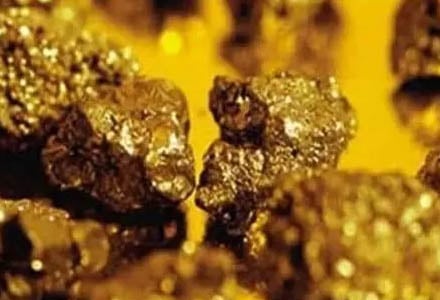
Oxidized gold ores, also known as oxide gold ores, are important gold-bearing resources found extensively around the world. When gold-bearing sulfide deposits are exposed at or near the earth's surface, the oxidation process causes chemical changes that alter the mineralogy of the deposit over time.
Understanding these changes and implementing suitable extraction techniques are crucial for recovering gold values efficiently from such ores.
Oxidized gold ore refers to gold-bearing ore that has undergone oxidation, a chemical process where minerals react with oxygen or other oxidizing agents. This process transforms sulfide minerals, often found in primary gold deposits, into oxidized forms, making gold more accessible for extraction.
Oxidized gold ores typically contain a mixture of minerals, including:
These minerals influence the extraction methods employed, as their physical and chemical properties can affect gold recovery rates.
While oxidized gold ores can be easier to treat compared to their unoxidized counterparts, they also present challenges:
Extraction methods for oxidized gold ore can be broadly categorized into four main processes:
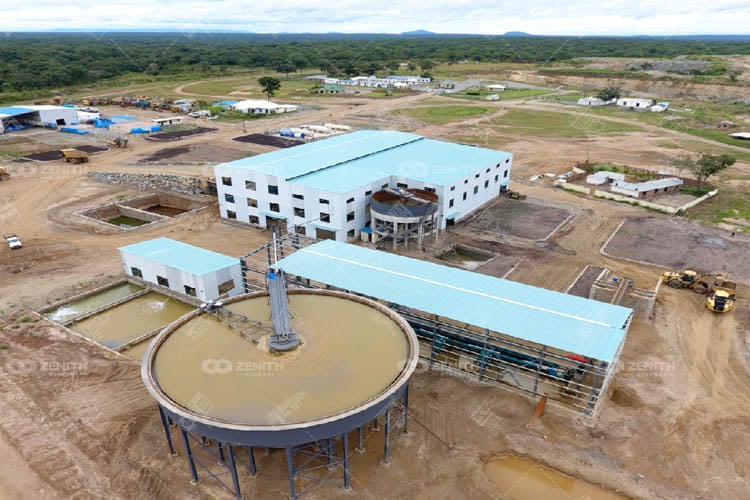
2.1.1 Gravity Separation
Gravity separation exploits the density difference between gold and other minerals. Techniques such as centrifugal concentrators, shakers, and screw concentrators are commonly employed. This method is efficient for coarse gold particles and is environmentally friendly since it does not involve toxic chemicals.
2.1.2 Flotation Separation
Flotation is widely used for oxidized gold ores, relying on the surface properties of minerals. In this process, collectors are added to enhance the hydrophobicity of gold particles, allowing them to attach to air bubbles and rise to the surface for recovery. Flotation is particularly effective for fine gold particles and can be combined with other methods for improved recovery.
2.1.3 Magnetic Separation
Although gold is non-magnetic, some oxidized gold deposits may contain associated magnetic minerals. Magnetic separation can be used to isolate these minerals, facilitating the subsequent processing of non-magnetic gold particles.
2.1.4 Heap Leaching
Heap leaching is a cost-effective method for treating oxidized gold ores with lower grades. In this process, ore is stacked in heaps, and a leach solution is applied to extract gold. The solution percolates through the heap, leaching gold from the ore, which is then recovered from the leachate.
Cyanidation remains one of the most common methods for extracting gold from oxidized ores. The process involves dissolving gold in a cyanide solution, forming a soluble gold cyanide complex. Key steps in the cyanidation process include:
Cyanidation is favored for its high efficiency but requires careful management of environmental and safety concerns associated with cyanide.
For oxidized gold ores, sulfide extraction methods can be employed to convert oxidized minerals back into sulfide forms, which are more amenable to traditional extraction techniques. Methods include:
These methods allow for the extraction of gold using conventional sulfide treatment techniques such as flotation or cyanidation.
The oxidizing and roasting method involves exposing the ore to high temperatures and oxygen, transforming gold into soluble compounds. Key techniques include:
These methods can effectively recover gold from oxidized ores, but they may require specialized equipment and careful control of processing conditions.
The selection of processing equipment is crucial for the effective extraction of gold from oxidized ores. Key equipment includes:
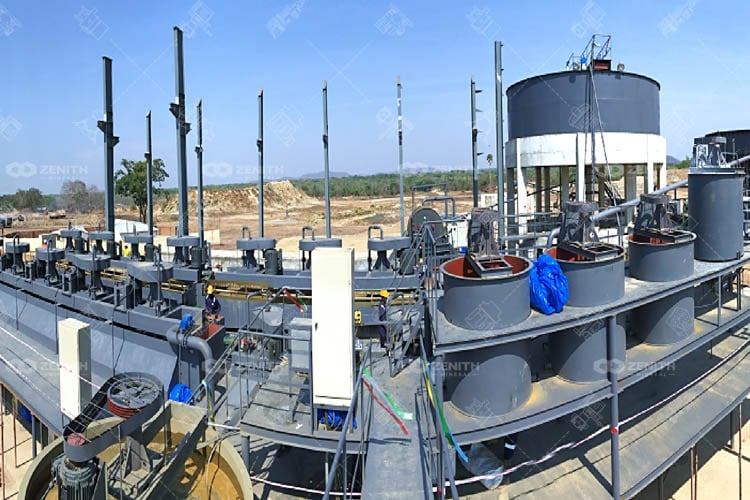
Fine grinding is essential for liberating gold from oxidized minerals. Equipment such as:
Separation processes require specialized equipment:
For cyanidation and heap leaching processes, equipment such as:
Post-extraction, further processing is required to separate activated carbon and concentrate solutions. Key equipment includes:
Desorption electrolysis systems are essential for recovering gold from activated carbon. This system typically includes:
The extraction of gold from oxidized ore involves environmental and safety challenges, particularly when using cyanide and other chemicals. Key considerations include:
Oxidized gold ore presents both challenges and opportunities in the field of gold extraction. Understanding its characteristics and employing suitable extraction methods is crucial for maximizing recovery and minimizing environmental impact. With advancements in technology and a focus on sustainable practices, the future of oxidized gold ore processing looks promising. By leveraging effective processing equipment and adhering to safety standards, the gold mining industry can continue to thrive while preserving the environment for future generations.
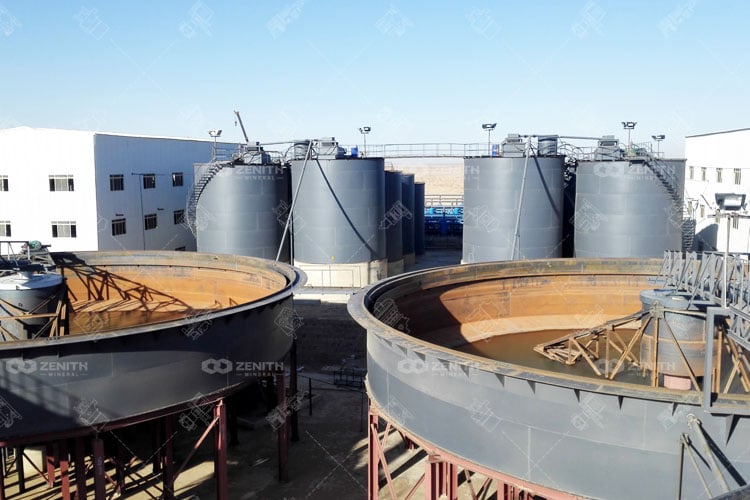
CIL processing plants play a critical role in modern gold mining operations. The CIL (Carbon in Leach) is a hydrometallurgical technique used to extract gold from ore.
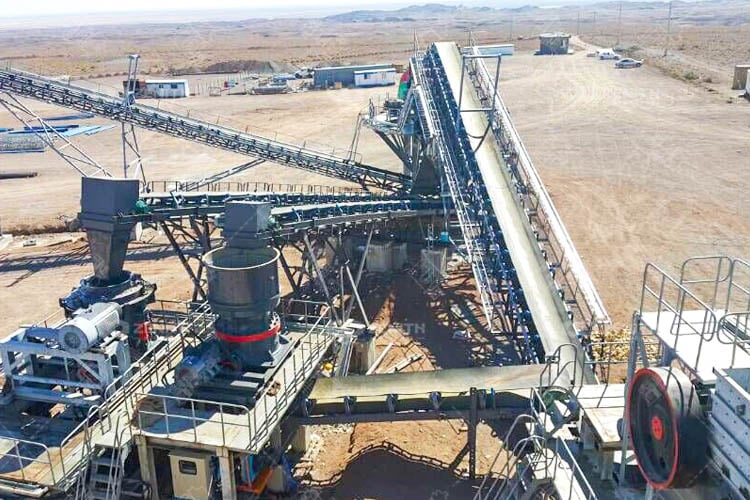
Copper ore beneficiation is a critical component of the mining process, ensuring that valuable copper minerals are efficiently extracted and processed.
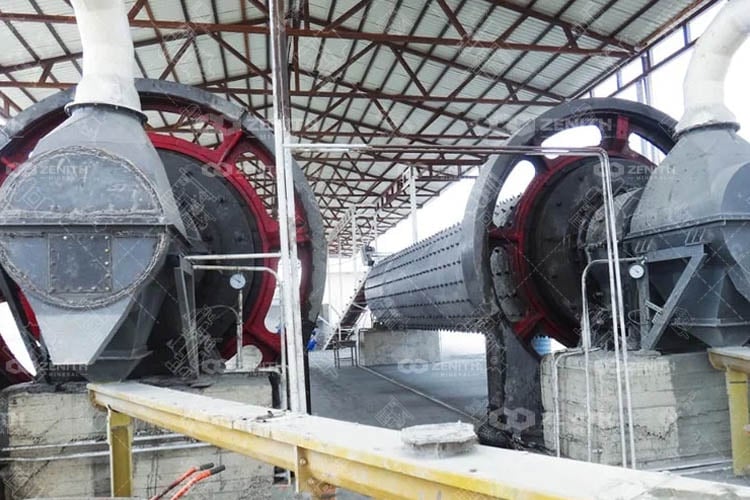
The versatility and efficiency of ball mill make it indispensable in various stages of gold ore beneficiation plant, from crushing and grinding to the final recovery of gold from the ore.
Fill your requirements here, and we'll send the custmized solution and quotation to you by the reserved contact information.